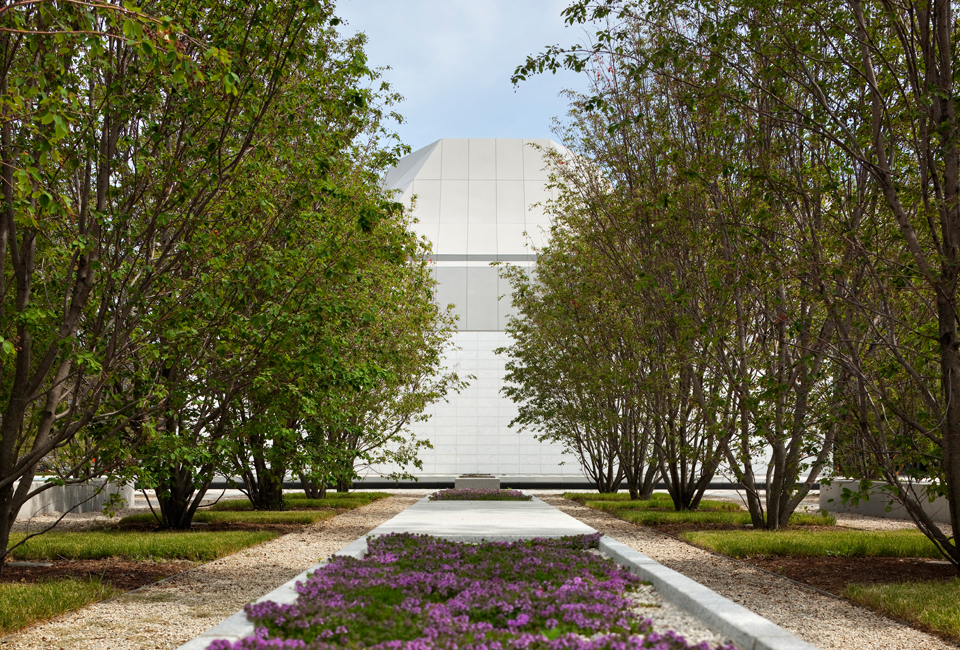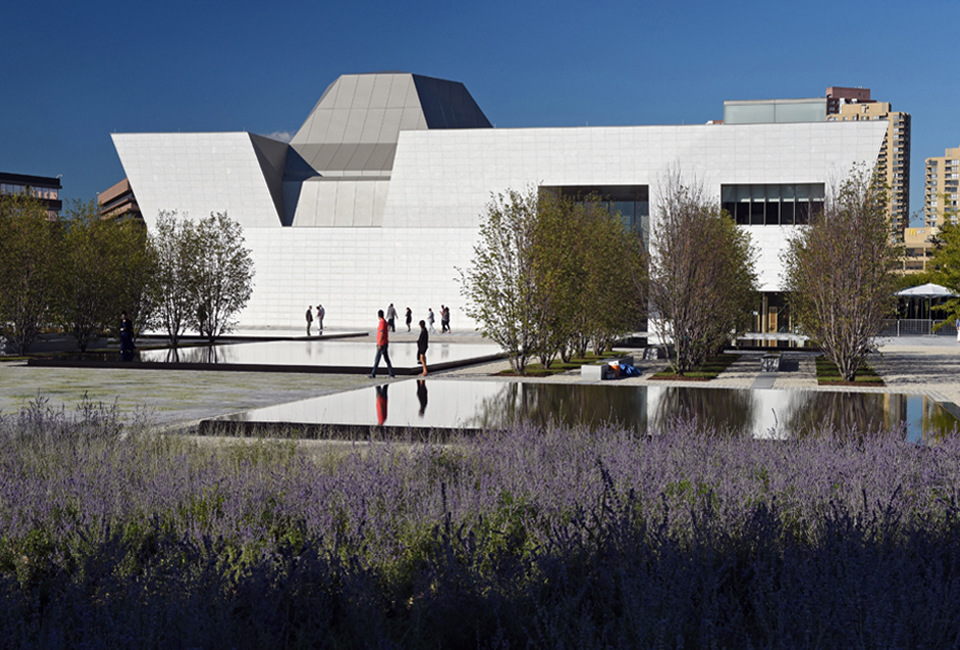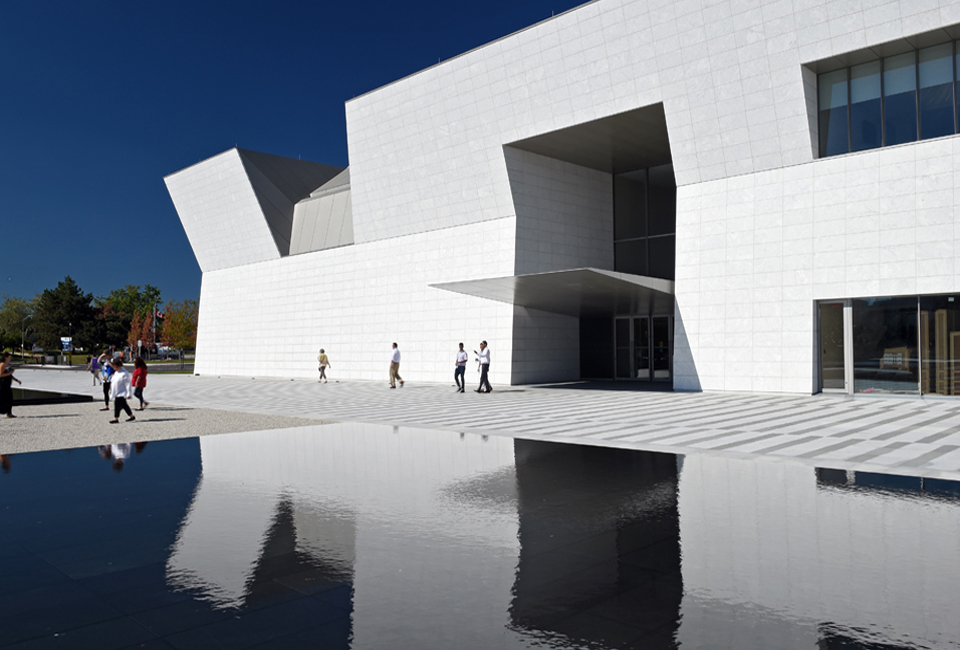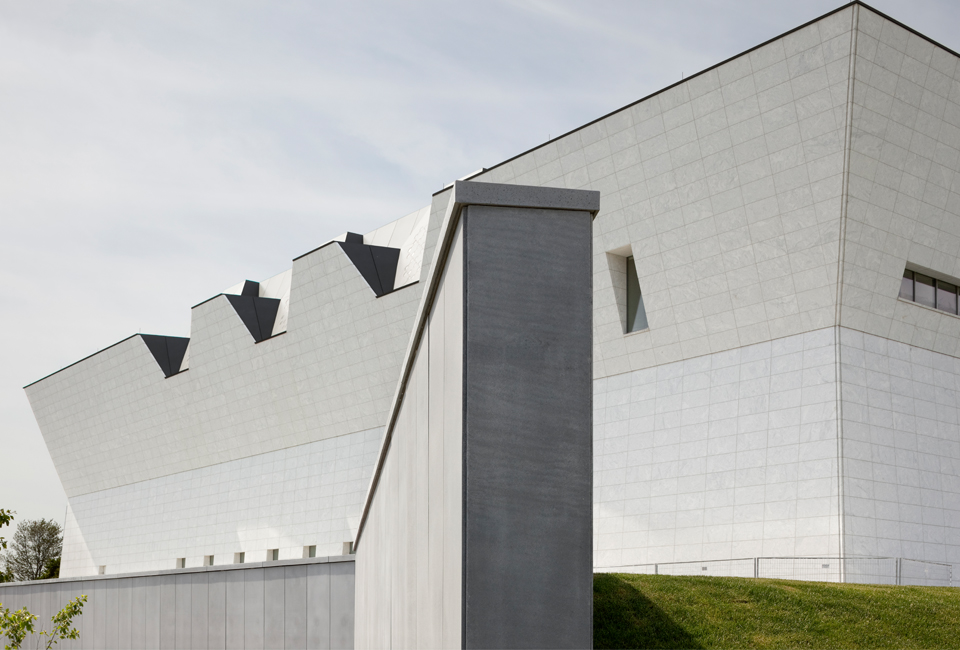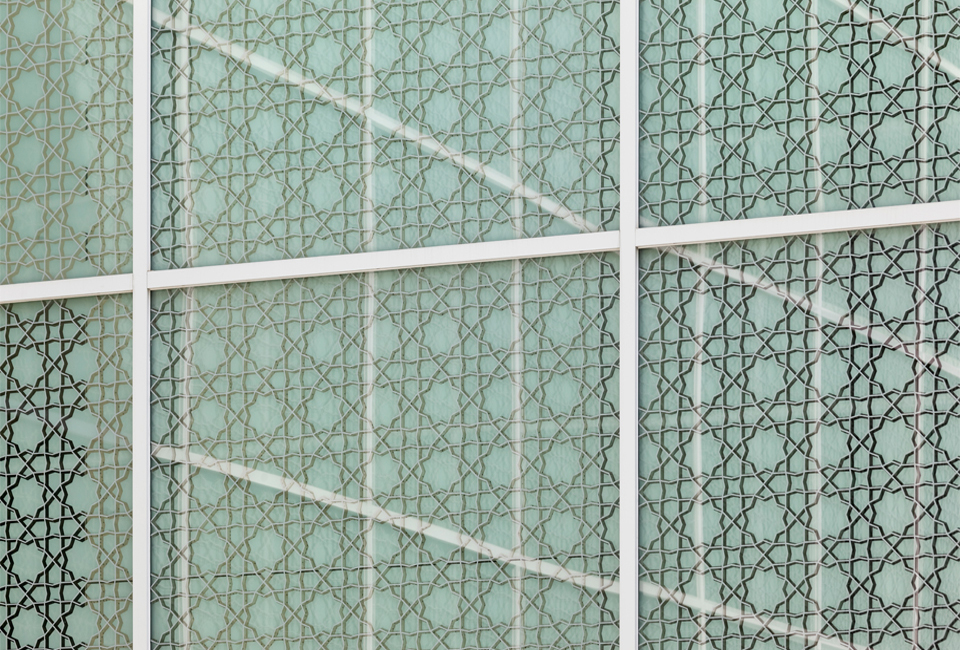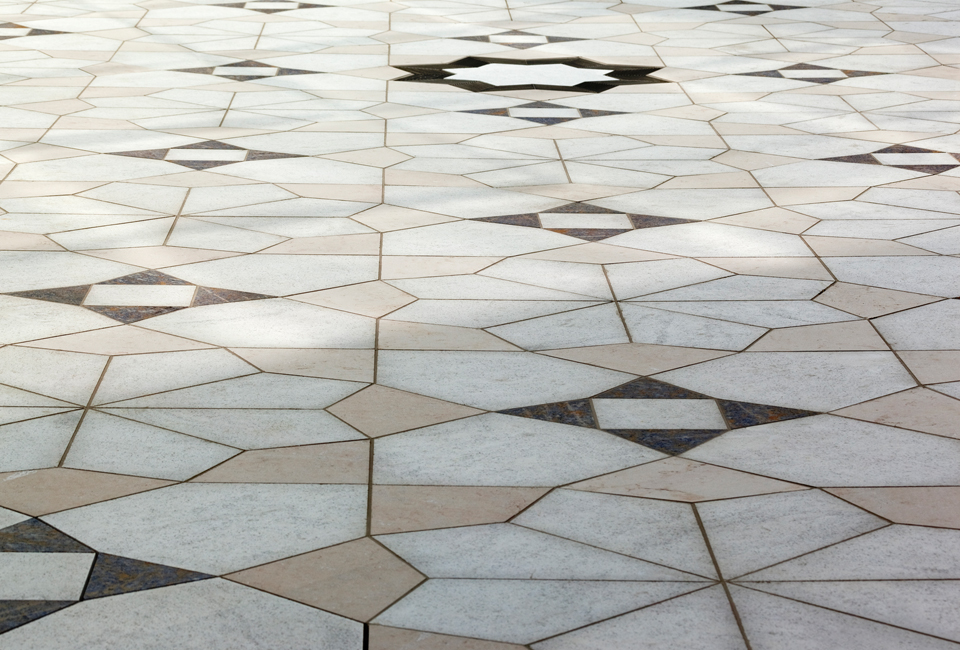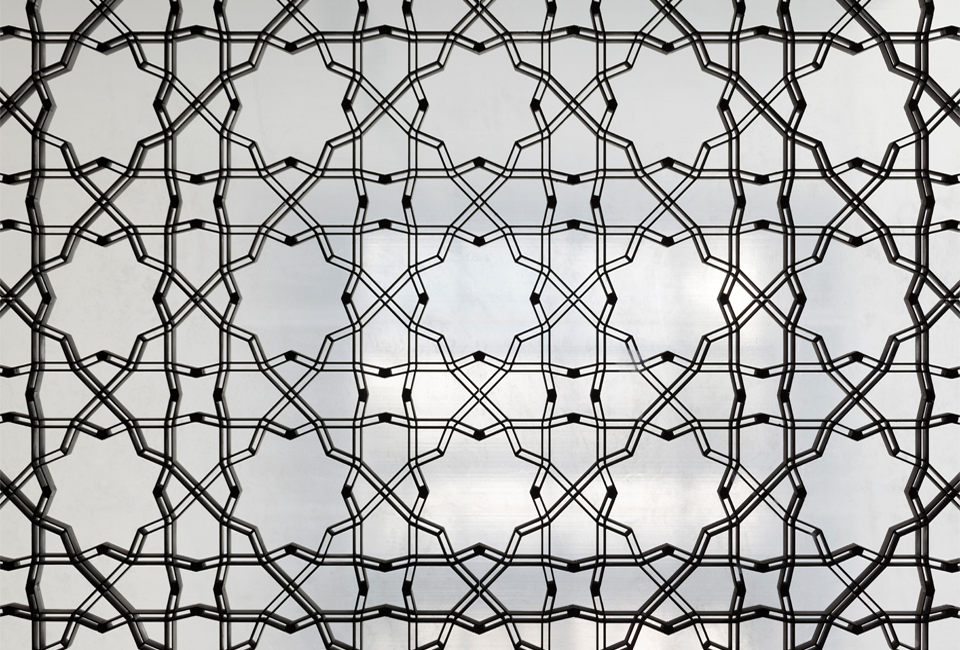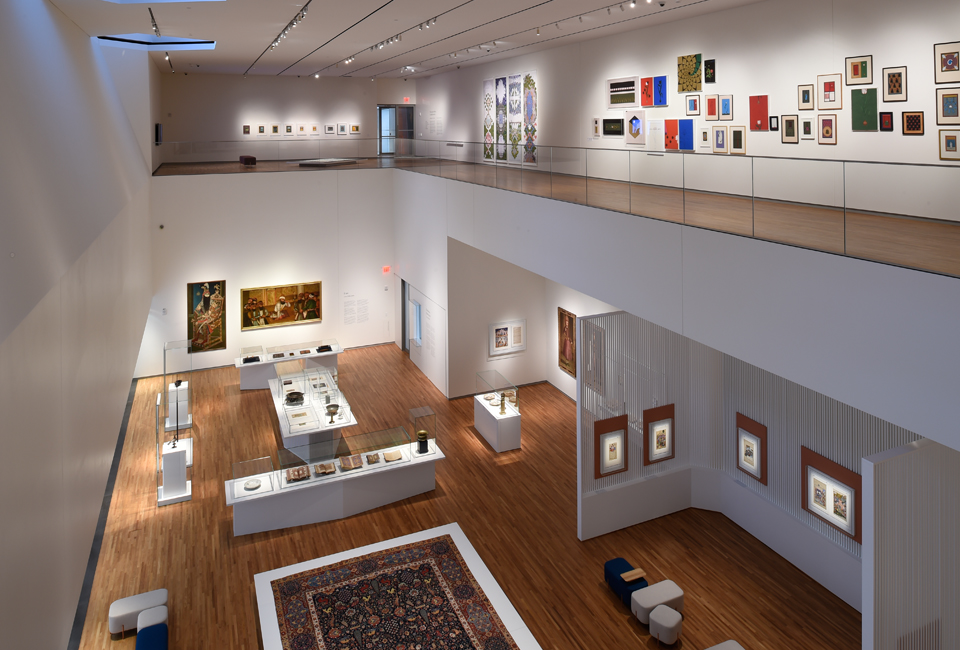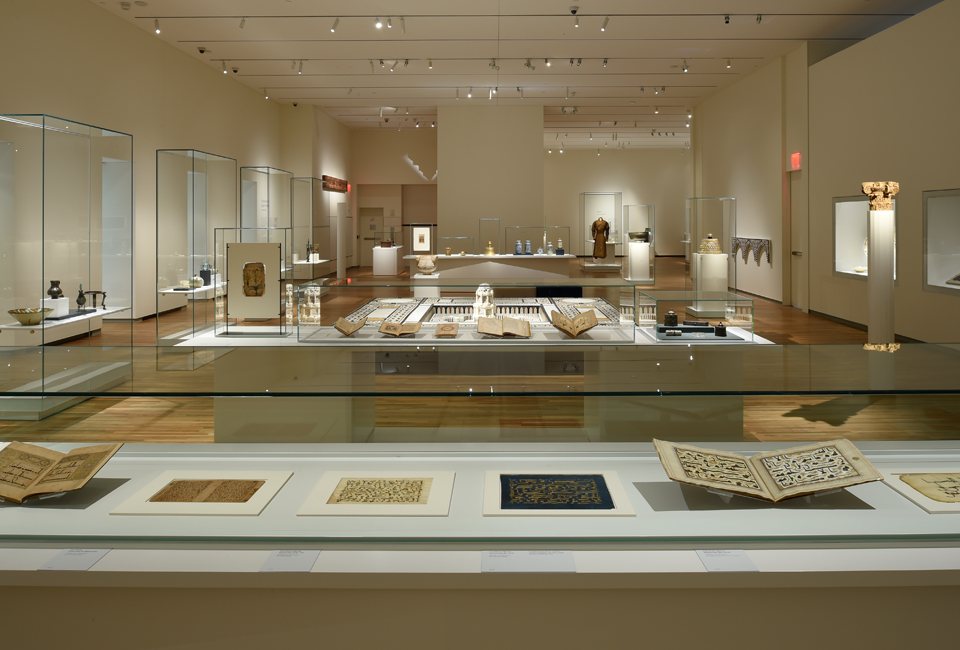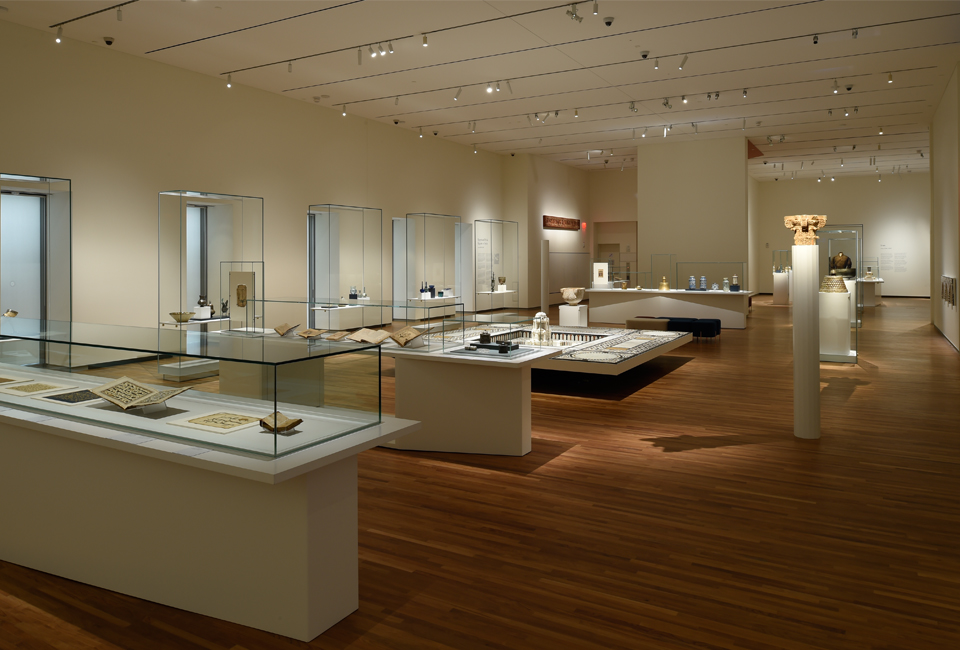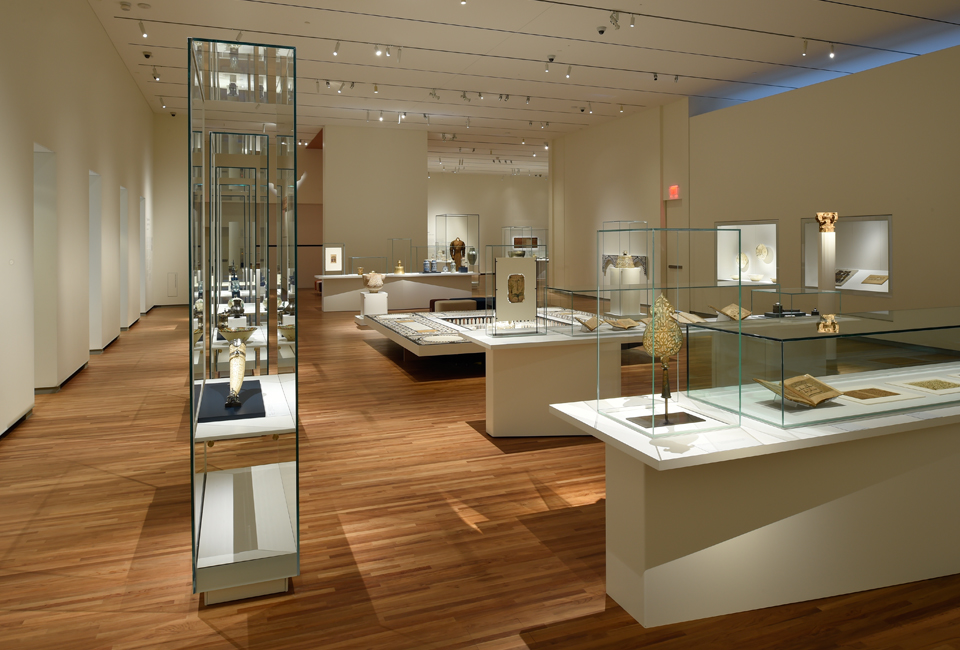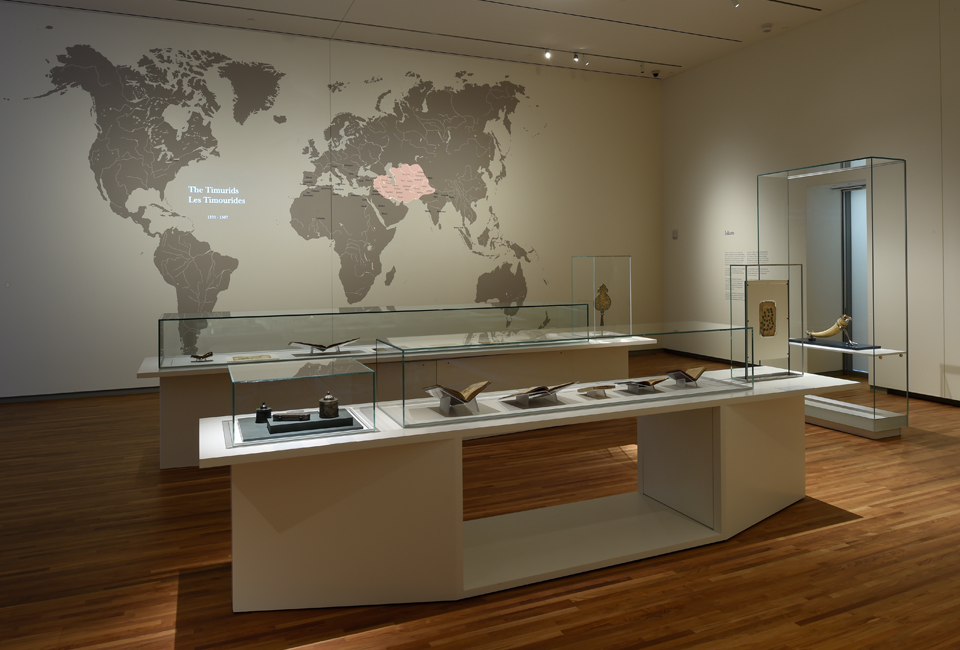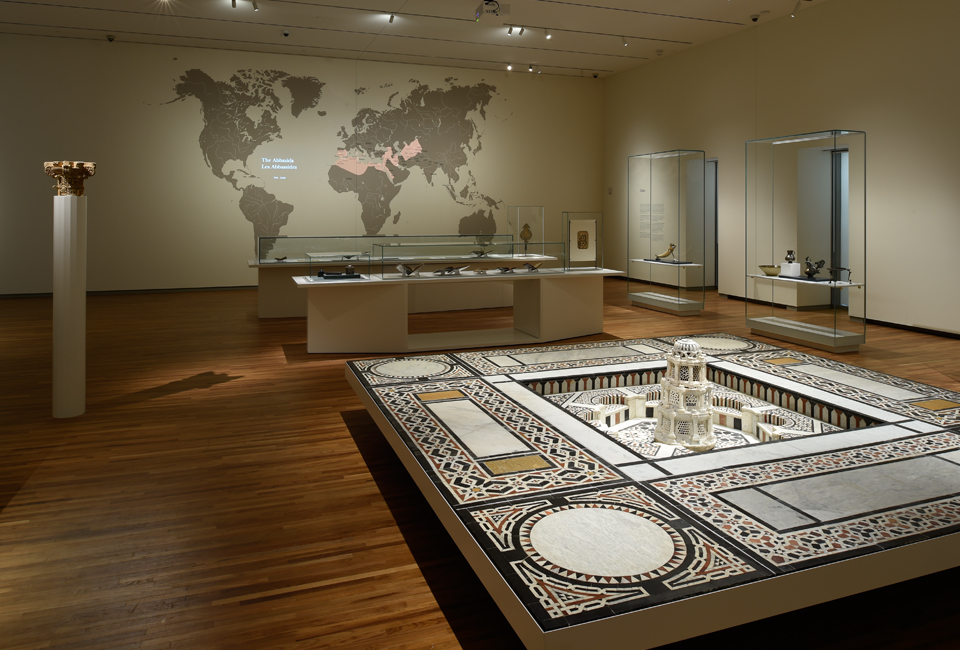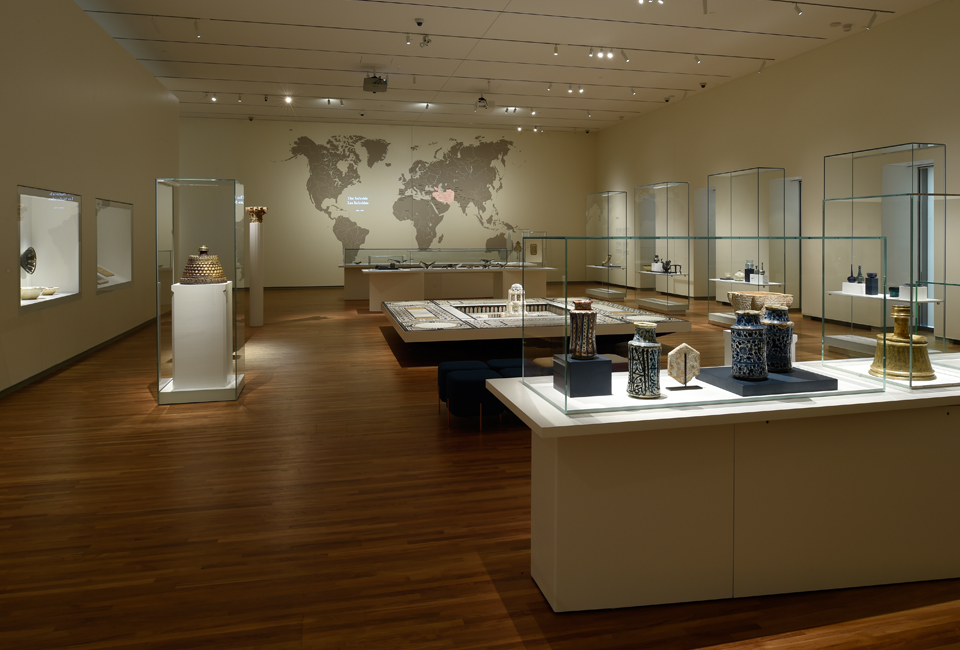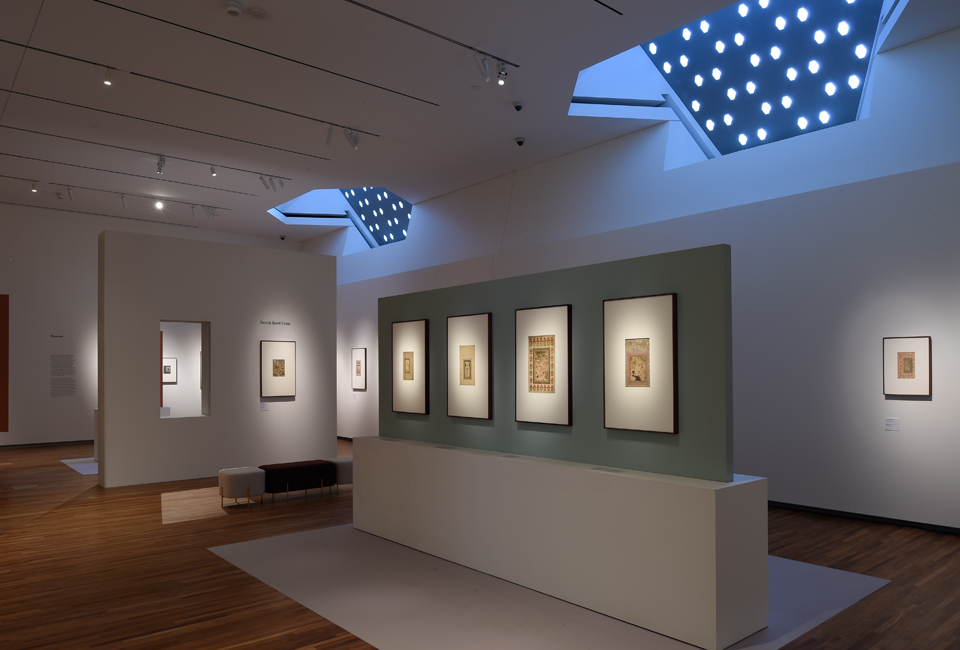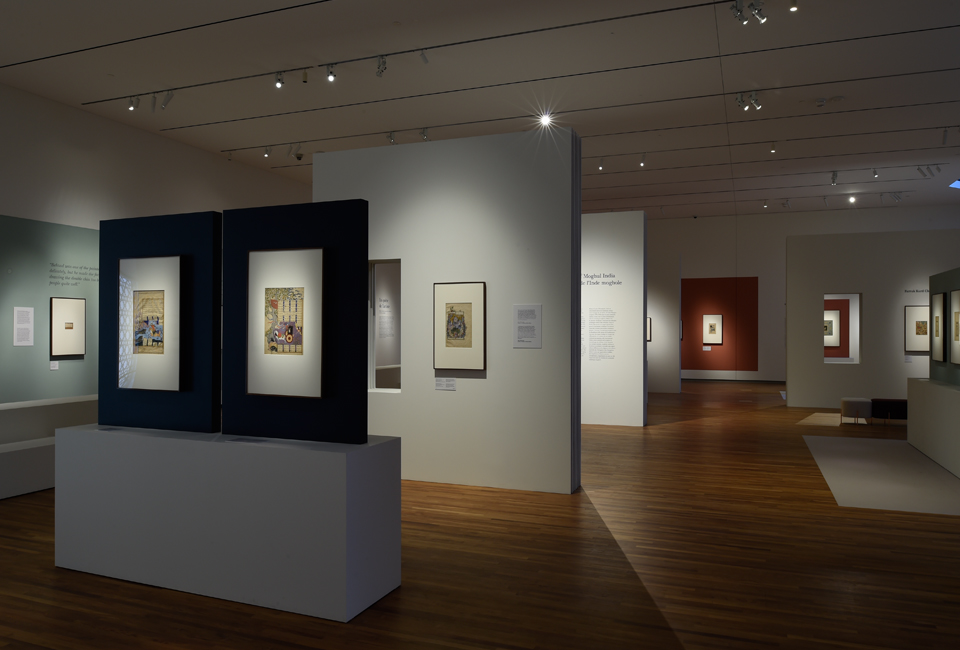The Aga Khan Museum in Toronto, which is dedicated to presenting an overview of the artistic, intellectual, and scientific contributions that Muslim civilizations have made to world heritage, opened its doors to the public on September 18. The Museum’s Permanent Collection of over 1,000 objects includes masterpieces that reflect a broad range of artistic styles and materials. These portraits, textiles, miniatures, manuscripts, ceramics, tiles, medical texts, books, and musical instruments represent more than ten centuries of human history and a geographic area stretching from the Iberian Peninsula to China.
Designed by architect Fumihiko Maki, the Museum shares a 6.8-hectare (17-acre) site with Toronto’s Ismaili Centre, which was designed by architect Charles Correa. The surrounding landscaped park, designed by landscape architect Vladimir Djurovic, will provide an exciting new green space for the city of Toronto.
“One of the lessons we have learned in recent years is that the world of Islam and the Western world need to work together much more effectively at building mutual understanding – especially as these cultures interact and intermingle more actively,” commented His Highness the Aga Khan. “We hope that this Museum will contribute to a better understanding of the peoples of Islam in all of their religious, ethnic, linguistic, and social diversity.”
Since 2007, over 1 million people have experienced the splendour of the Aga Khan Museum Collection. The Musée du Louvre in Paris, the State Hermitage Museum in St. Petersburg, the Gulbenkian Museum in Lisbon, the Martin-Gropius-Bau in Berlin, the Sakıp Sabancı Museum in Istanbul, the Islamic Arts Museum Malaysia in Kuala Lumpur, and the Asian Civilisations Museum in Singapore have all hosted temporary exhibitions of major works of art from the Aga Khan Museum Collection.
